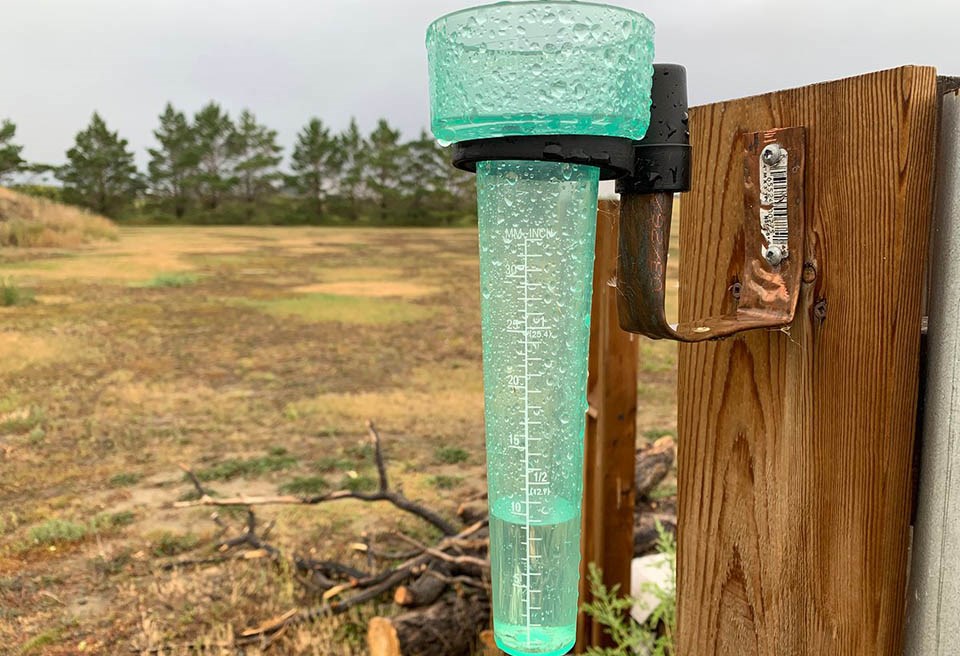REGINA — Drew Lerner says Prairie farmers can expect better growing conditions in 2025.
The World Weather Inc. president said North America is moving away from multiple drought years due to several factors.
The 22-year solar cycle, in particular, is peaking, which causes weather patterns to change, he told a webinar sponsored by Dutton Farms and Weber Commodities.
Prairie farmers already saw this in November with cold and significant precipitation.
“Many areas of the Prairies have done well in this most recent 60-day period,” he said Jan. 7.
Parts of Alberta and west-central Saskatchewan are still lacking snow, but Lerner said that will change.
Most of the snow fell on ground that wasn’t frozen, which means it will soak into the soil when it melts.
“The Prairies are going to be seeing near and above normal precipitation as we go forward through the winter and probably into the summer as well,” he said.
Meteorologists believe the solar maximum occurred in August, which will keep temperatures cooler.
Two weather patterns are dominating the Prairies this month and probably for the next few months, Lerner said.
The first will result in most of the precipitation.
The second pattern is dominant. It is a deep low pressure system across Canada that in the first couple of days pushes cold air through the Prairies and into the U.S. Plains and Midwest.
The two patterns combined will create periods of moisture and mild temperatures and periods of cold, dry weather. Lerner said the forecast for the next couple of months is obvious.
“We will see colder than normal temperatures still occurring in January. We’ll see near to above normal precipitation that should be Prairie-wide in February,” he said.
It’s possible temperatures will change, but he said it will probably be cool in February.
“There’ll be some areas in Manitoba and some areas in the Peace country that will probably be a little bit light on precipitation,” he said.
Forecasting the weather is complex.
The 22-year solar cycle was largely responsible for the drought. The solar minimum, or the least sun spot numbers, happened in 2020 and caused all types of problems.
“The multi-year La Nina immediately kicked in, as it usually does when we go from the solar minimum into the first two or three years after that, and that multi-year La Nina really dried us out,” he said.
Now the peak of that system will create the precipitation. Lerner said he doesn’t believe there will be a full-on La Nina.
“The ocean temperature’s not cold enough for a long enough period of time to seriously push us into a traditional La Nina,” he said.
Lerner said the 18-year weather cycle data that controls upper air wind flows is most important.
“It’s probably the most reliable pattern that we can use for long-range forecasting, and it definitely will have control over our weather in these next several weeks, if not through the entire growing season.”
The various cycles and patterns have to interact, which is why they don’t always behave as expected.
Lerner said conflicts are showing up in May and June with most indications that it will be drier. Precipitation returns for most regions in August, although Manitoba will still be dry.
“It’s just really hard for me to look at these maps and sit here and tell you that we’re going to have a drought,” he told the webinar. “I think you guys can see that the odds are pretty good that we’re going to do all right on moisture.”
He said all the data is pointing in the same direction of a favourable growing season.
There will be dry periods, but they will follow wet periods. There could be delays in spring seeding due to heavy rainfall, he added.
Lerner said a ridge of high pressure will build during July and August that could lead to heat and dry conditions similar to last year. However, he said most regions will be a lot wetter heading into that period.
Southwestern Saskatchewan in particular should be much better.
“If you’re in Humboldt, over towards Melfort and Hudson Bay, maybe over to Yorkton, those areas probably aren’t going to see nearly the volume of rain that we might see to the south and west,” he said.
“So that area might heat up a little bit better a little bit later in the spring, early summer, but the wetter biased areas will definitely stay a little bit cooler longer, obviously, because of the higher humidity.”
About the author
Related Coverage
Dry weather affects crop production in other countries
Dryness delays winter wheat seeding in Russia
Canadian markets ignore weather woes for now
La Nina’s return could bring early frost to Prairies
U.S. crops off to good start, but will it last?
All eyes on Russian weather as wheat rebound

